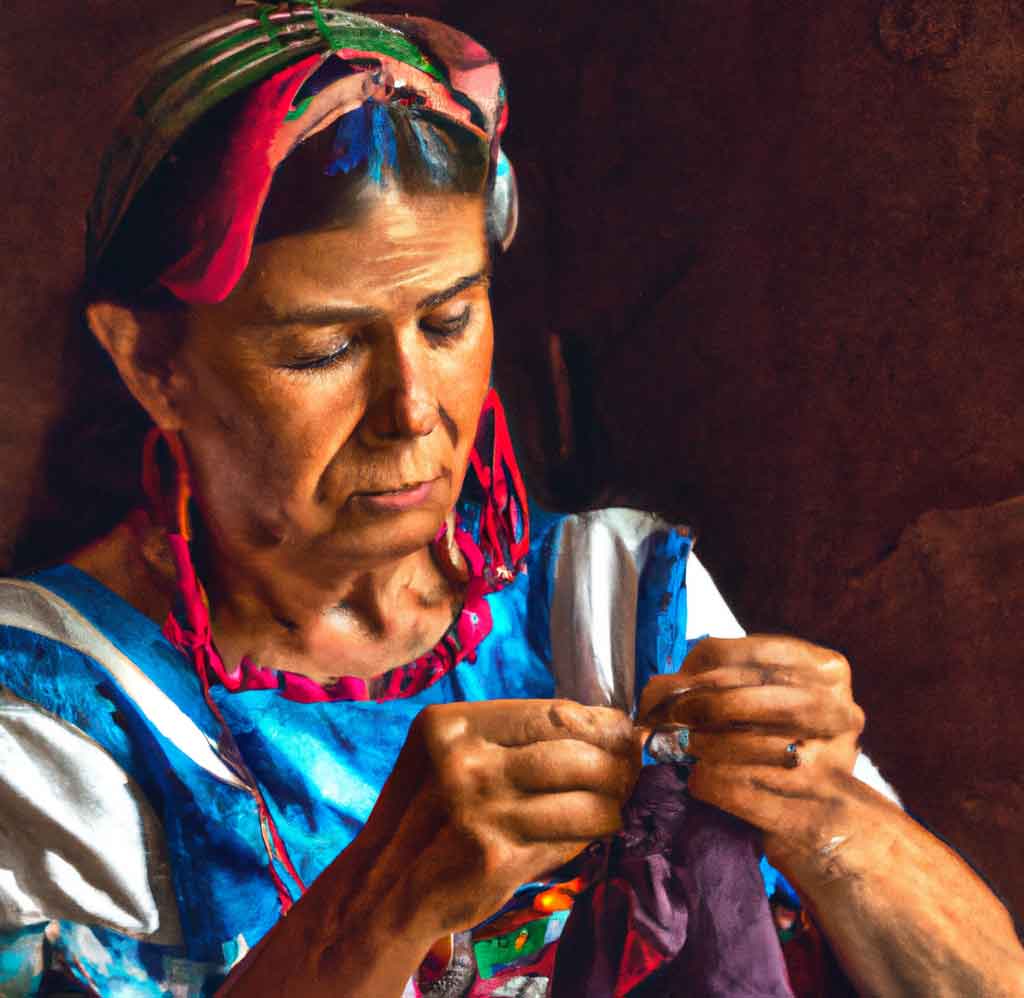Ethnic Jewelry and its Cultural Significance
Ethnic jewelry has played a crucial role in preserving and transmitting the rich cultural diversity that defines communities around the world. These pieces are not just decorative ornaments but also carry a profound symbolic and cultural significance. Over the centuries, ethnic jewelry has acted as silent witnesses to stories, traditions, and unique cultural heritages. In this article, we will explore the cultural importance of ethnic jewelry and how these artistic expressions contribute to the identity of the communities that create them.

Introduction
Ethnic jewelry, often passed down through generations, is a tangible manifestation of the cultural identity of a specific group. These pieces not only showcase the craftsmanship of a community but also convey deep symbolism rooted in their traditions and beliefs. Throughout history, ethnic jewelry has played an essential role in defining and preserving cultures, serving as visual communication mediums that transcend linguistic barriers.
History and evolution of ethnic jewelry
The origin of ethnic jewelry dates back to ancient times when communities used natural elements such as shells, bones, stones, and metals to create meaningful pieces. Over time, craftsmanship evolved, incorporating more advanced and refined techniques. Each culture developed its distinctive style, using specific motifs that reflected their values, myths, and rituals.
The photograph showcases the continuity of this ancestral tradition, with the craftswoman employing methods passed down from generation to generation. Her dedication reflects not only the contemporary significance of ethnic jewelry but also its role in preserving craft practices that might otherwise be lost in the whirlwind of modernity.
Cultural symbolism in ethnic jewelry
Each piece of ethnic jewelry tells a unique story. The designs, colors, and materials used are imbued with meanings that connect people to their cultural roots. For example, certain geometric patterns may represent a connection with nature, while specific colors can symbolize emotional states or spiritual aspects. Ethnic jewelry thus becomes a visual language, conveying messages that go beyond the superficial.
The image highlights the artistic and symbolic expression of jewelry, with each bead and thread carefully chosen to convey a specific message. The in-progress bracelet becomes a canvas that encapsulates the community's worldview, being more than a mere ornament but a visual narrative worn on the skin.
Preservation of traditions and heritage
In an increasingly globalized world, ethnic jewelry plays a crucial role in preserving traditions and cultural heritage. Craftsmanship passed from generation to generation becomes a bridge between the past and the present, allowing future generations to connect with their roots. The photograph captures this act of preservation, with the craftswoman committed to keeping alive a tradition that has withstood the test of time.
Ethnic jewelry also plays a significant role in cultural resistance. In many communities, the production of traditional jewelry is a way to resist cultural homogenization and assert the unique identity of a group. The image reflects this resistance, showing the craftswoman committed to preserving the rich cultural heritage of her community despite external pressures.
Diversity of styles and techniques
Each culture has its unique style of ethnic jewelry, and the image presents an example of the diversity of techniques and styles that exist. From the intricate filigree of goldsmithing to the bright and colorful beads of indigenous jewelry, each form of jewelry tells a unique story about the culture that creates it. The photograph, therefore, invites appreciation for cultural diversity through the various forms of artistic expression represented in jewelry.
Economic and social impact
The creation and sale of ethnic jewelry also have a significant impact on communities. Often, these pieces are an important source of income for local artisans, providing economic opportunities in regions where other options may be limited. The image captures the importance of this economic activity, showcasing not only the craftsmanship but also the potential for economic empowerment that comes with it.
In addition to the economic impact, ethnic jewelry also plays a role in promoting sustainable tourism. People are drawn to the authenticity and history behind these pieces, creating a steady flow of visitors interested in learning about local traditions and contributing to the well-being of communities.
Conclusions: the transcendence of ethnic jewelry
The accompanying photograph offers a glimpse into the cultural richness encapsulated in a single piece of jewelry in the process of creation. Through the skilled hands of the craftswoman, we see the legacy of generations intertwining with the present, forming a tangible link to the cultural identity of the community.
Ethnic jewelry is not just adornments; they are bearers of stories, symbols of resistance, and guardians of traditions. In an ever-changing world, the importance of these pieces lies in their ability to keep cultural diversity alive, connecting the past to the future through artistic expression. The image captures the essence of this meaning, inviting reflection on the importance of preserving and celebrating the cultural richness that ethnic jewelry represents.


